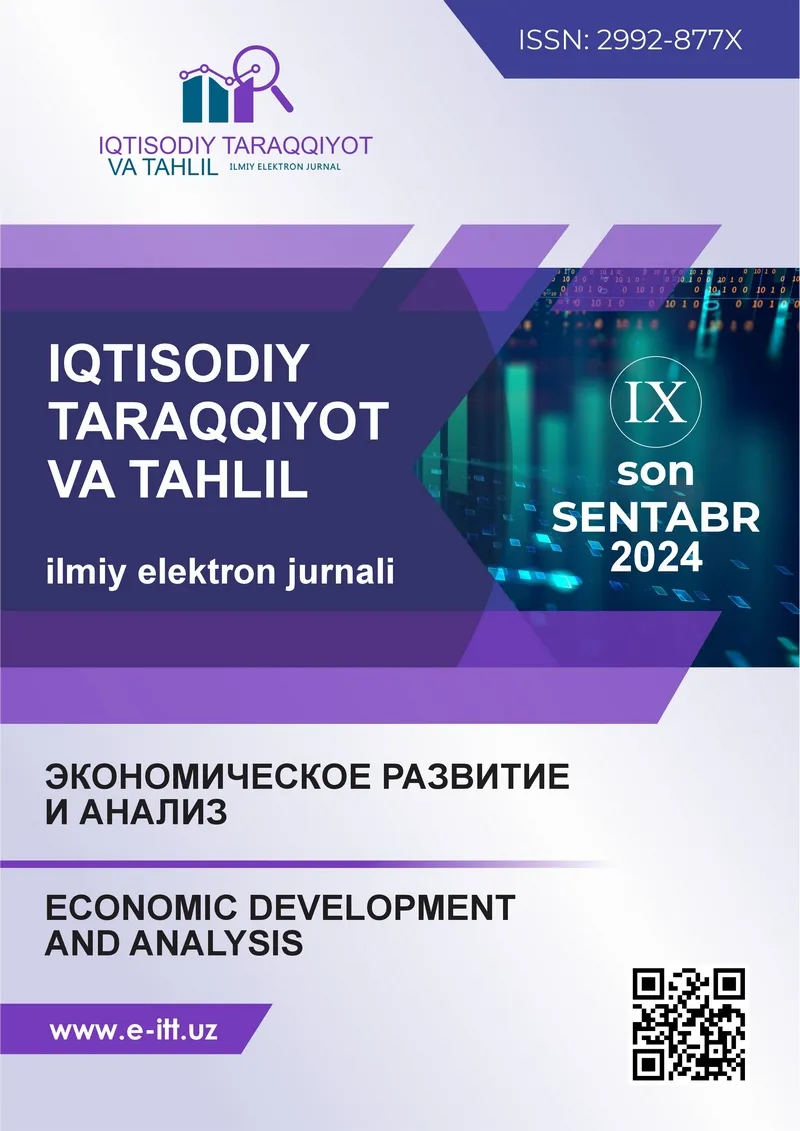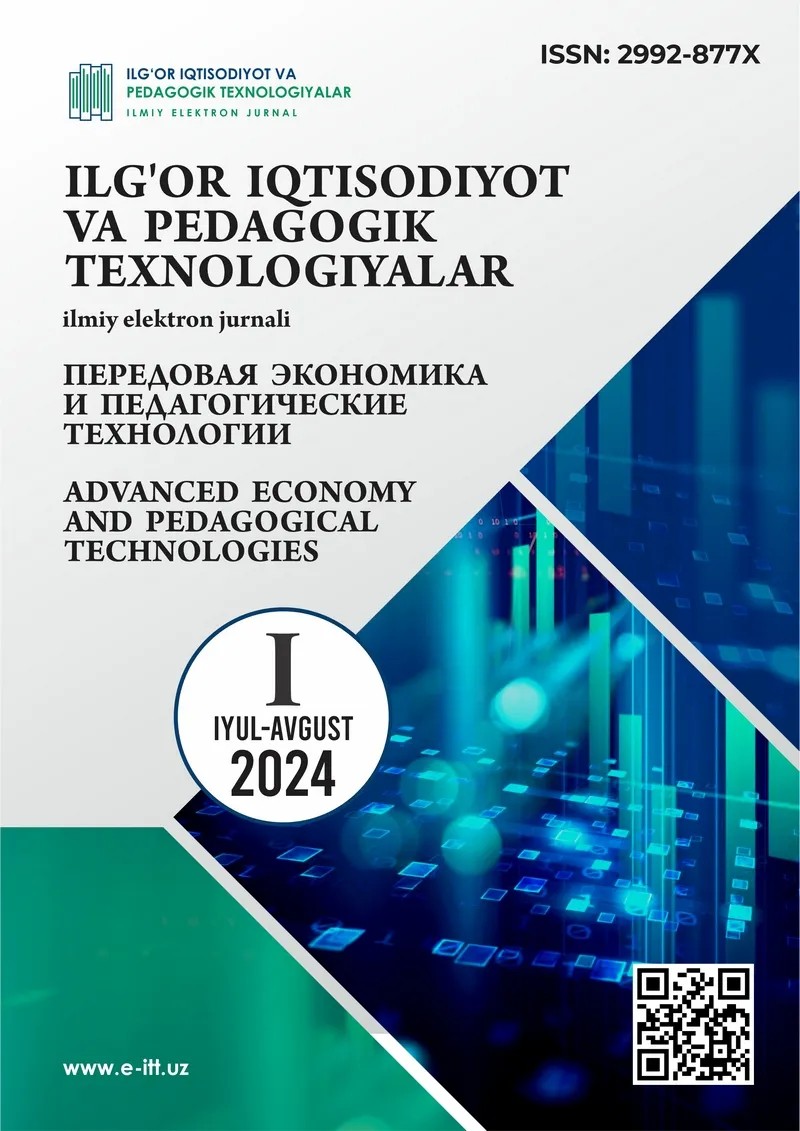Science and Publication ilm-fan mahsulotlarini nashr qilishga imkoniyatlar taqdim etishga ixtisoslashgan. Platformada maqolalarni xalqaro bazalarda indekslanuvchi va O‘zbekiston Respublikasi Oliy attestatsiya komissiyasi tan olinuvchi jurnallarda nashr etish xizmati koʻrsatiladi. Konferensiya toʻplamlarini platforma orqali Google Scholarda indekslash va DOI raqam belgilash xizmatlari ham mavjud. Bundan tashqari, turli qoʻshimcha xizmatlar ham joriy qilingan boʻlib har bir jurnalning rasmiy telegram kanallarida eʼlon qilingan.
Jurnallar
Iqtisodiy taraqqiyot va tahlil
“Iqtisodiy taraqqiyot va tahlil” ilmiy elektron jurnali yuridik va jismoniy shaxslarning iqtisodiyot yo‘nalishdagi maqolalari va axborotlarini chop etishga ixtisoslashgan.
Jurnal O‘zbekiston Respublikasi Oliy attestatsiya komissiyasi Rayosatining 2023-yil 29-dekabrdagi 347-son qarori bilan iqtisodiyot sohalarida "Dissertatsiyalar asosiy ilmiy natijalarini chop etish tavsiya etilgan ilmiy nashrlar ro‘yxati”ga kiritilgan.
Jurnal o‘zbek, rus va ingliz tillarida, 1 oyda bir marotaba chiqariladigan nashrdir.
e-ISSN: 2992-877X Batafsil...
Ilgʻor iqtisodiyot va pedagogik texnologiyalar
“Ilgʻor iqtisodiyot va pedagogik texnologiyalar” ilmiy elektron jurnali iqtisodiyot va pedagogika yoʻnalishdagi maqolalar va axborotlarni chop etishga ixtisoslashgan.
Jurnal O‘zbekiston Respublikasi Oliy attestatsiya komissiyasi Rayosatining 2024-yil 31-iyuldagi 363/5-son qarori bilan iqtisodiyot va pedagogika sohalarida "Dissertatsiyalar asosiy ilmiy natijalarini chop etish tavsiya etilgan ilmiy nashrlar ro‘yxati”ga kiritilgan.
Jurnal oʻzbek, rus va ingliz tillarida, 2 oyda bir marotaba chiqariladigan nashrdir.
e-ISSN: 3060-4842 Batafsil...
Nashrlar
Nashrlar




